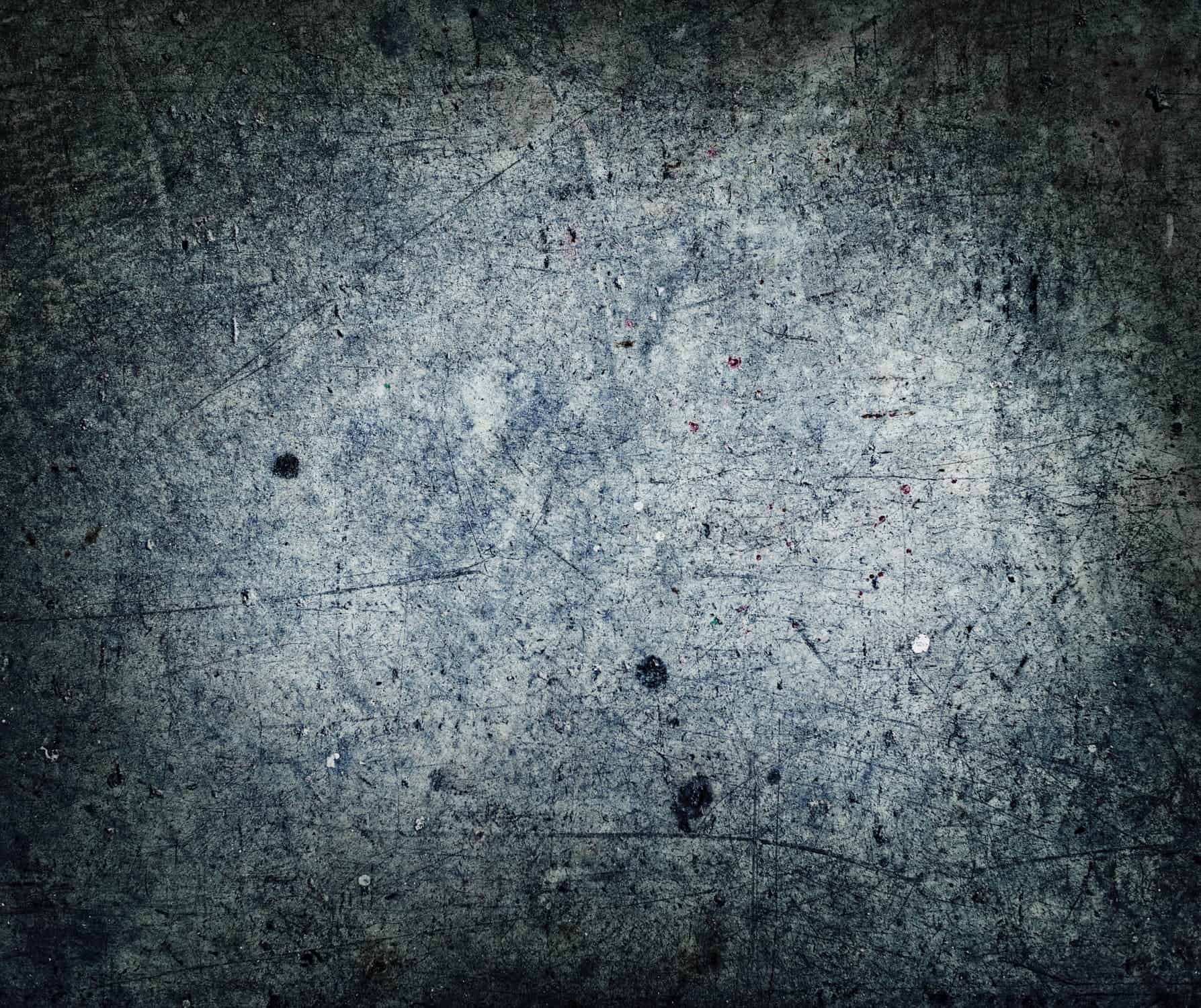Oh man, if patios could talk. I can only imagine the fun stories mine would have to tell. It would probably mention the time I dropped an entire two-liter of ginger ale on the concrete, causing an ale explosion. My kids still won’t let me forget about that. Depending on the time of year, my patio might even say “Captain, what’s this black stuff all over me?”
Reader Roger W. sent me an email with a similar question:
Captain… What’s this black stuff all over my patio? P.S. I love the site
– Roger W, fellow patio enthusiast
Roger, I’m here to tell you that there are only a handful of options for what that “black stuff” might be. Let’s take a look and try to figure it out together!
Without seeing an actual picture of the black spot, I’m taking a shotgun approach and telling you everything that it might be. From the information you’ve provided, I can say that the black stuff is probably either:
- Mold/Mildew
- Algae
- Black Lichen
- Grease Stains
Let’s go through each one. I’m going to tell you how to spot it and give a brief sentence or two on how you might fix the issue. If none of these sound familiar, you might want to call the CDC!
Mold and Mildew
Mold, mildew, and moss are the most common discolorations that you’ll see on your outdoor patio. Since you explained the discolorations are black in color, we can discount moss. But if your mold and mildew problem is bad enough, it can appear black!
Luckily, this is the easiest problem to cure. Scrub a 50% mixture of household bleach and water with a sponge or outdoor brush on the affected area. Leave the mixture to set for 2-3 minutes. Rinse the area thoroughly with a garden house. This will stop the problem cold.
Algae
The astute reader would pick up that algae is also green. This is true when it first grows on your pavers/concrete. However, it also collects dust, dirt, and other contaminants. This can cause the algae to appear black on your patio.
Algae is another problem that can be solved with a 50% mixture of bleach and water. However, lightly spraying the mixture on the affected area should be enough to kill to the algae. Leave it to set for 2-3 minutes. To completely remove the algae, use an outdoor brush to scrub the remnants away. Finally, rinse thoroughly with a garden house.
Black Lichen

Black lichen are a bit more difficult to remove than the above options. Simple scrubbing will not cause the spots to disappear and even pressure washing will not remove them completely. For this task, we’re going to have to choose specialized cleaner designed to remove these organisms.
I’ve had moderate success with the Simple Green 16 oz. Stone Cleaner, but your mileage may vary.
What Exactly Is Black Lichen?
If they weren’t so dang annoying, black lichen would be a really interesting science experiment. Black lichen isn’t actually one thing, but many organisms (fungi, bacteria, and algae) living together in symbiotic relationship. If they hadn’t chosen your patio as a Petri dish, you might stop and marvel at nature’s wonder!
But they did, and we can’t afford to sit and gawk at them. If left untreated, black lichen can seriously harm your pavers / concrete. The lichen will slowly eat away at the patio surface, causing pitting (and costly repairs down the road).
Grease Stains
You might have accidentally spilled the grease trap on your grill, or punctured the foil on a rack of ribs while moving it. However it happened, you now have a grease stain on your patio to contend with. Lucky for you, the solution is fairly simple (albeit time consuming).
First, place a thick coat of baking soda all over the surface of the stain and let it sit for up to 45 minutes. You really can’t use too much here so go to town. Next, grab a textured sponge or a scrub brush. Liberally cover it with dish detergent. Moisten the scrub brush under the faucet briefly before taking it outside to the affected area. Scrub the area vigorously until the paver/concrete is clean.
Black Walnut Stains
If you have a black walnut tree nearby, it’s possible that the walnut hulls stained your patio. And let me tell you: getting rid of the stains is tough. Luckily, I’ve written quite a bit on how to remove black walnut stains from concrete (link). If this is your problem, that article should set your patio straight!
Conclusion
Most of the problems above can be solved with a household cleaner and a bit of elbow grease. I wouldn’t stress too much about what it is and simply get to work on it. And remember, it could be worse. I once spent weeks diagnosing urine smell on my patio (you can read about that here).

